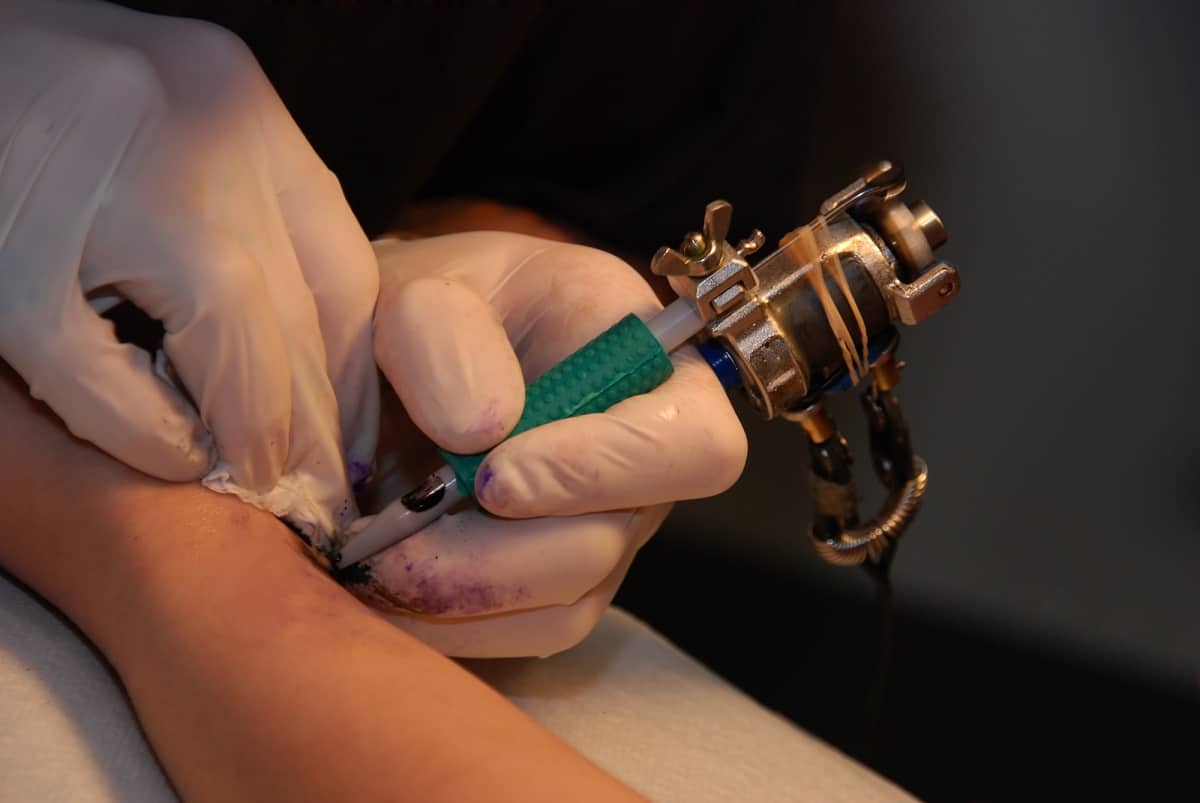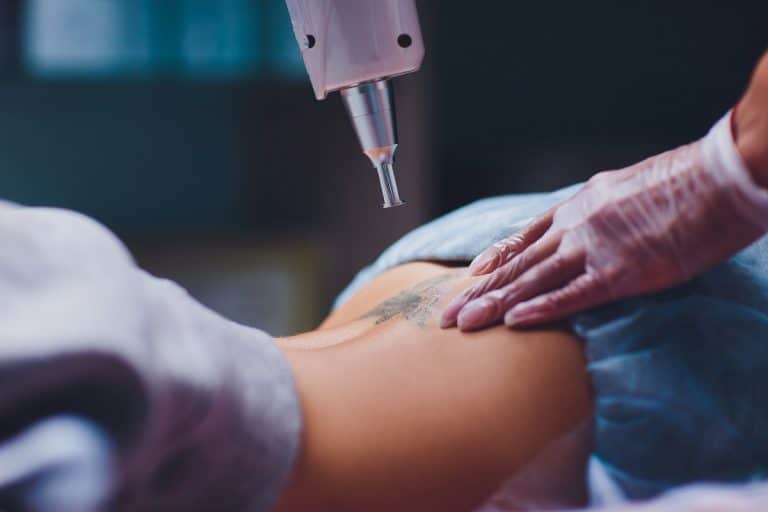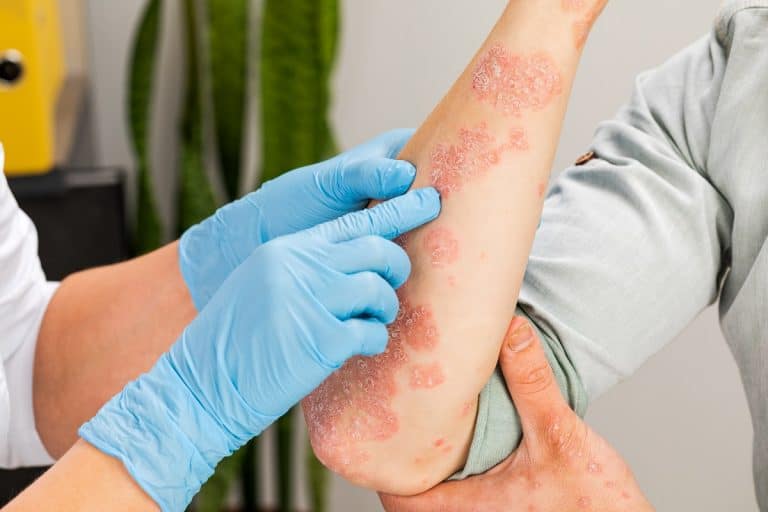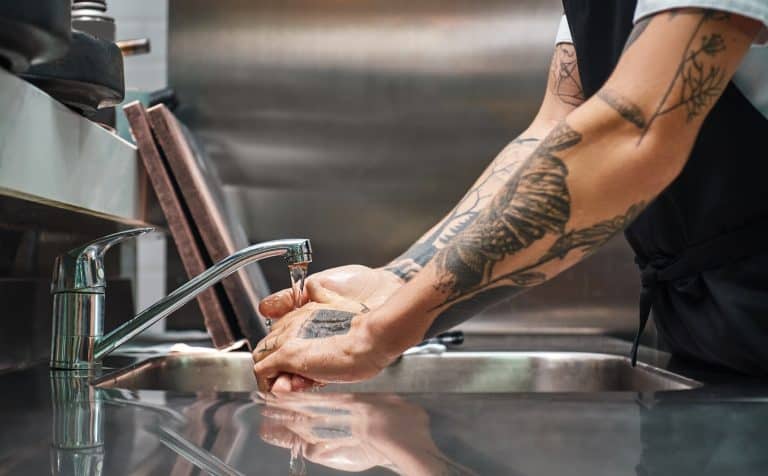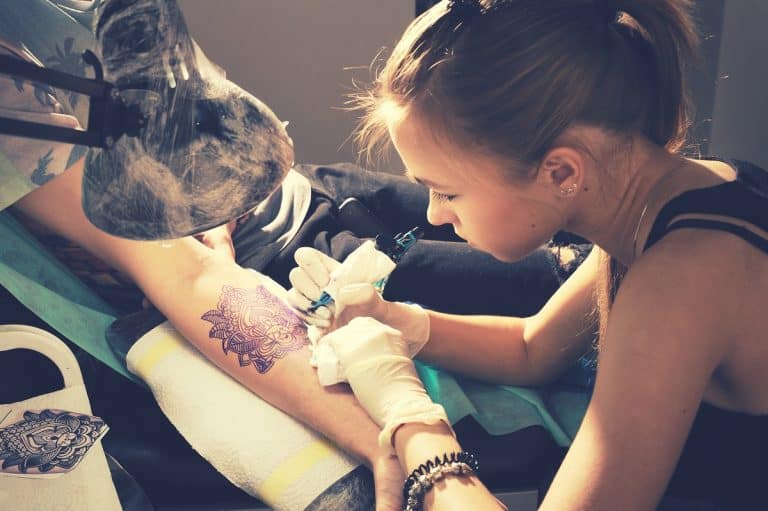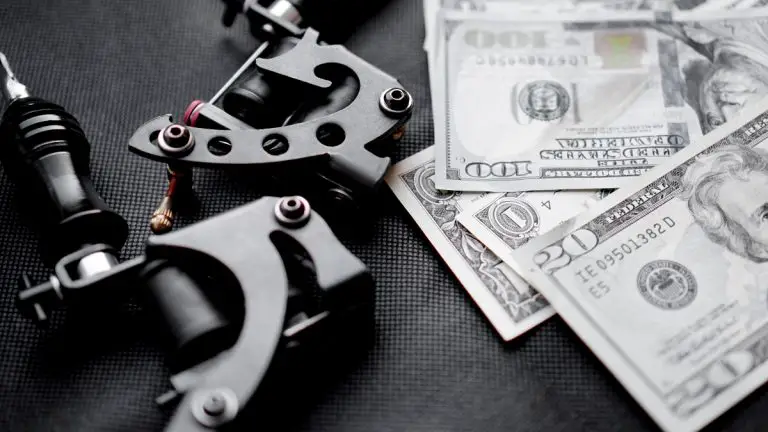Tattooing Over A Scar: Everything You Need To Know
Scars are something a lot of people deal with in their silence. Some scars can carry positive memories, but in the majority of cases, they are a reminder of a negative experience. And many people want to get rid of such reminders. However, getting rid of a scar is extremely difficult. So, concealing a scar with a tattoo seems like a good idea.
If you’re interested in covering a scar with a tattoo, then you’re at the right place. In the following paragraphs we’ll take a look at how tattoos over scars are done, whether they’re possible in all cases and what can you expect from such a tattooing session. So, without further ado, let’s get started!
Scar Concealing with a Tattoo: 6 Things You Should Know
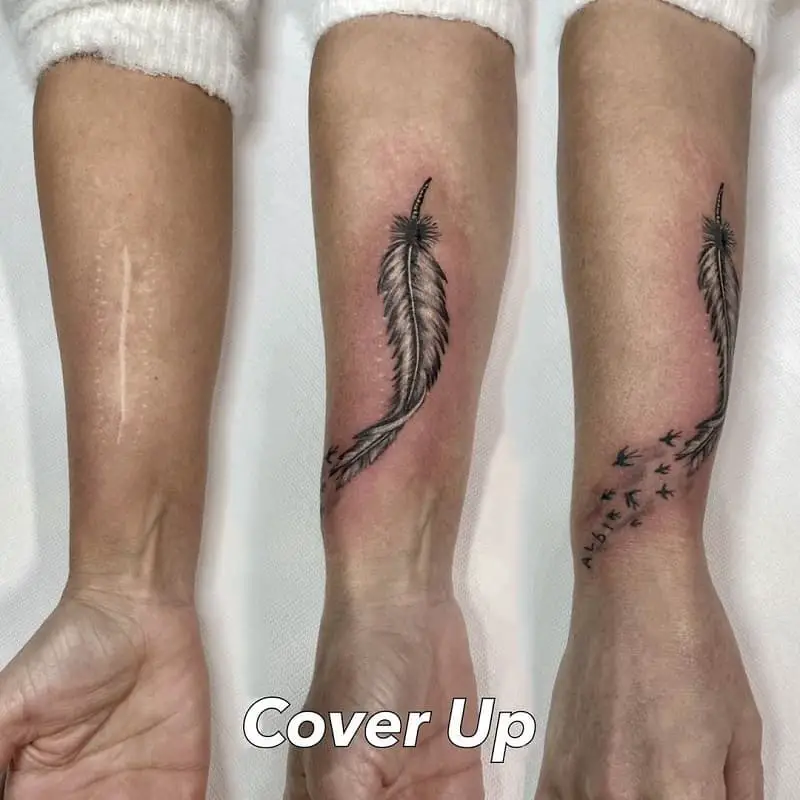
1. Why Do People Tattoo Their Scars?
One of the main reasons people go for such tattoos is to make their scars invisible. Because scars can be hard to deal with, especially if they’re somewhere visible, tattooing can be an excellent solution.
A scar-covering tattoo doesn’t only hide the scar but brings back the confidence a person has lost through a negative experience, for example. People don’t also only cover their scars with tattoos. There are cases of stretch marks covering using tattoos.
So far, tattooing has proven effective in reducing or covering the visibility and effects of scars and stretch marks. Unfortunately, not every scar or stretch mark can be covered with a tattoo. Some tattoo artists refuse to tattoo scars if they determine the tattoo will make the scar worse.
That is why scar-covering is a complex process, beyond simple artistic body decoration. It takes a lot of assessment and numerous factors to decide whether or not a scar or stretch marks are worth the risk of tattooing.
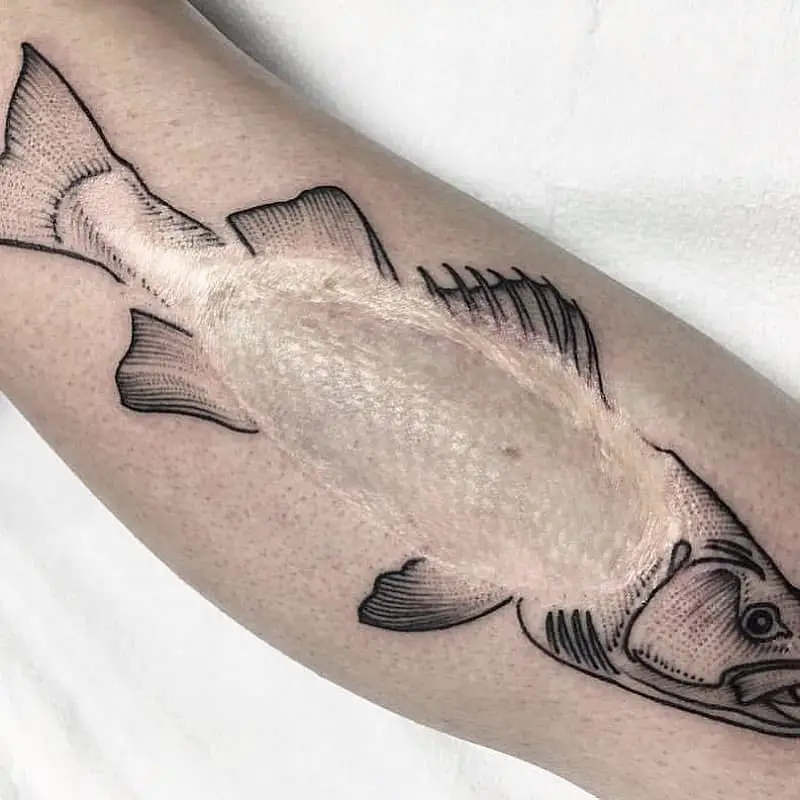
2. Do Scar-Covering Tattoos Hurt (More)?
Pain tolerance varies from one person to the other. So, to say that a scar-covering tattoo will hurt everybody the same would be a lie. For example, if you’ve already had tattoos, sure, the pain would be tolerable since you already know what to expect. But, if a scar-covering tattoo is your first tattoo, then you can expect some serious pain.
But, overall, we can say that tattoos covering scar tissues do hurt. Some would say they hurt even more than the regular tattoos done on unscarred skin. Moreover, depending on where the scar is located, the tattoo can produce mild to mind-numbing pain.
It is also believed that deeper and bigger scars hurt the most, especially if they are located in places where the nerve damage is pretty serious. Smaller and more superficial scars don’t hurt as much because the skin is flat and the nerve damage is little.
3. Is It Difficult to Get A Scar-Covering Tattoo?
Now, getting a scar-covering tattoo isn’t difficult per se, but some factors need to be considered prior to tattooing just to avoid complications.
First of all, no tattoo artist will do a scar tissue tattoo without examining the scar itself. So, let’s take a look at tattoo difficulty levels in regards to the types of scars;
- Hypertrophic scars – these scars occur as a result of burns and superficial injury. They are usually thicker, red, and elevated above the skin surface. These scars are fully healed over a year’s period, and only then can they be tattooed. After a hypertrophic scar is fully healed, it shouldn’t hurt much to get a tattoo over it. There is a small chance the scar will be irritated during the procedure, but the aftercare routine is essential to protect both the tattoo and the scar tissue.
- Keloid scars – these scars occur after a serious injury. They’re fully healed after 3 to 5 years, and only then can they be tattooed. These scars are thick and red and often have an irregular shape. If a keloid scar is tattooed before it is fully healed, it can lead to serious irritation and scar reopening.
Moreover, these scars are the most difficult to cover, so the tattoo covering a keloid scar is often bigger and intricate in design. It is even recommended to get a tattoo that will incorporate the scar, rather than getting a tattoo onto the scar itself.
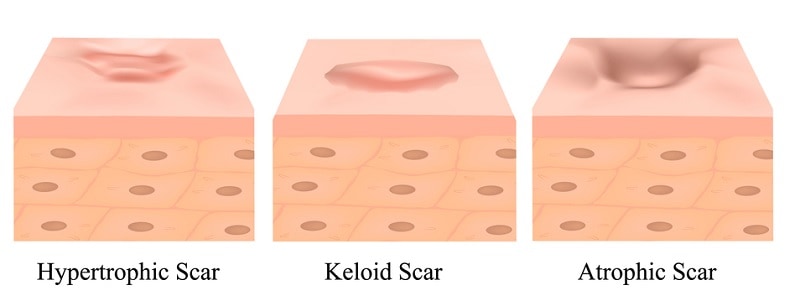
- Atrophic scars – these scars are often soft and located below the skin surface. They occur as stretch marks, or as scars after a burn, deep cut, or simple surgical procedures. Scars one gets from acne or chickenpox also belong to this group.
Because of their form and appearance, atrophic scars are easy to tattoo and don’t generally pose any risks. It is essential to let the scar fully heal and find the right design to cover it. However, because these scars are often discolored, it is important to get a tattoo that features multiple colors, details, or generally a textured tattoo.
- Amputation/skin-removal scars – these scars appear as a result of a body part being removed. After the scars heal, the skin is rather smooth and very easy to get tattooed. However, these parts of the body can have serious nerve damage, so they might be too sensitive to be tattooed. Not to mention that it can be really painful to get a tattoo on skin-removal scars.
As you can see, getting a scar-covering tattoo depends on numerous factors, like the type of the scar, whether it is fully healed and how is it formed on the skin. So, before getting a tattoo, it is essential to talk to a highly professional tattoo artist, preferably one who has worked on scar tattoos previously. Only then will you get a proper consultation and insight into the possibility of a tattoo over your scar and how it might turn out.
4. What To Consider When Getting a Scar-Covering Tattoo?
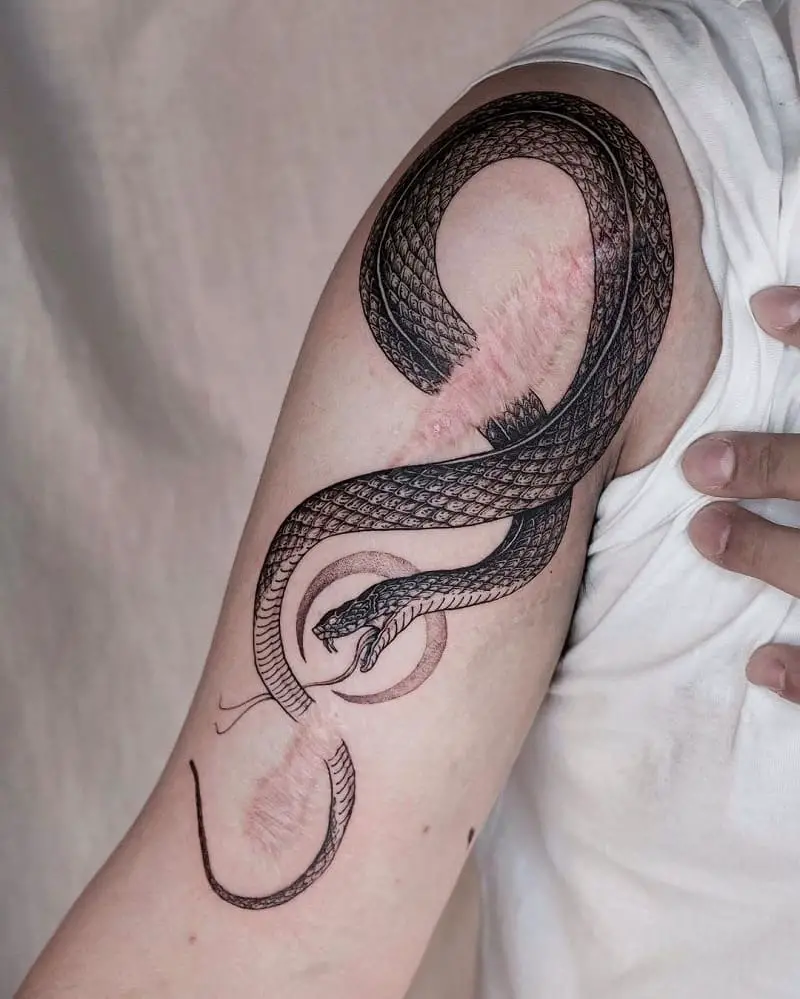
So, getting a tattoo is all about preparation and getting informed. The same goes for a scar-covering tattoo. So, before you get one, here are the things you should know and consider;
- Assessing the scar – because tattooing over certain scars can be tricky, it is important to get a consult and honest opinion from a professional tattoo artist. They will assess the type of the scar, the location, and whether it is possible to execute a tattoo. Bear in mind that scars without edges are the best for tattooing, while those with darker edges might not be suitable for tattoo covering.
- Assessing the healing stage – to get a scar-covering tattoo, the scar needs to be fully healed. Depending on the type of scar, the healing process can last between one and five years. So, ensure that your scar is fully healed before you go and get it tattooed.
- Finding a professional tattoo artist – now, this is very important; you need to find a highly professional tattoo artist who has already done similar scar-covering tattoos. You don’t want someone inexperienced handling your scar, because the risk of complications and scar irritation can be high.
- Coming up with a design – it can be difficult to find a design that will creatively cover or work around the scar. Also, you need to bear in mind that the scarred skin is not flat and smooth, so the final tattoo design will also be textured. Try to go for a design that fits the texture of the scar. Avoid linework and geometric shapes and go with more naturally flowing designs (like flowers, for example).
- Handling the pain – as we mentioned earlier, getting a scar-covering tattoo can be really painful. So, considering the type of the tattoo and the location of the scar, make sure to be mentally and physically prepare to go through the tattooing session. But, also bear in mind that freshly healed scars hurt more than the scars that have been fully healed for some time.
- Aftercare and follow-ups – to prevent any type of complication, irritation, or infection, it is ESSENTIAL to follow the aftercare routine and do regular follow-ups with your tattoo artist. The artist will know whether the tattoo is healing properly and warn you if something’s wrong.
After you get a scar-covering tattoo, it is perfectly normal for the scar to be aggravated, irritated, and raised. The scar tissue usually calms after a few hours. If the tissue remains aggravated and starts hurting, make sure to see your tattoo artist or a doctor as soon as possible. If the tattoo stays sore, oozing, painful, and overall red more than a few days or the scar reopens, you’re probably experiencing a tattoo infection, which requires immediate medical attention.
Also, bear in mind that the ink can seem a bit feathered on or around the scar. The tattoo may also appear less defined and a bit blurry in the scar region. That is completely normal, and if you find an issue with the way your tattoo looks, you can always do some touch-ups.
Note: In scar-covering tattoos, there is a higher chance of a blowout. This means that the tattoo needle will probably penetrate the scarred skin a bit deeper than it usually would. As a result, the ink will spread beyond the tattoo lines, making some parts of the tattoo blurry.
5. What Are Skin Colored Scar Tattoos?
Now, some scar-covering tattoos don’t have to be actual tattoo designs. Some people go for flesh- or skin-colored tattoos known as scar camouflage or corrective pigment camouflage. These tattoos are done using the pointillism technique where skin-colored ink is deposited into the scar tissue and correcting or lightening the scar pigmentation.
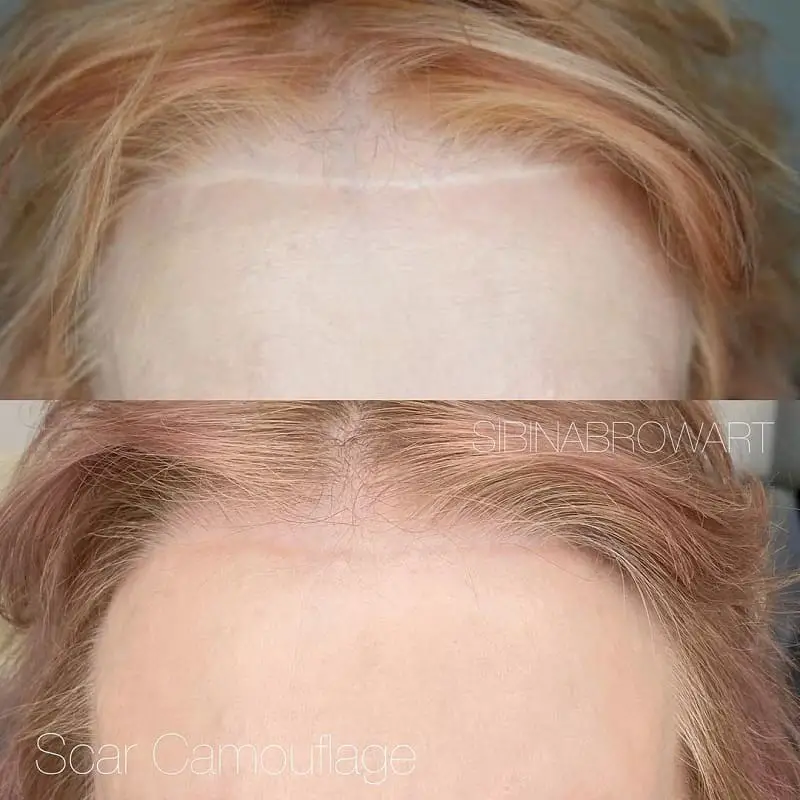
Corrective pigmentation scar tattoos are best in cases of stretch marks, burn scars, and pigmentation disorders. However, skin-colored scar tattoos are similar but not the same as the regular tattoo. This is a specific tattooing technique that belongs to cosmetic tattooing. Such tattooing procedures are often available at plastic surgery centers or offices.
Skin colored scar tattoos can cost up to $1,000, depending on the size of the scar as well as its location. Some scars require several sessions, so they will obviously be even more expensive. If you want to know an approximate price, make sure to get a consult, but don’t expect to know the definitive price. Some scars do not take the pigmentation ink instantly, which requires more sessions and a higher final cost.
6. Who Should NOT Get A Scar-Covering Tattoo?
- People with fresh scars – unless you want the scar not to heal or to reopen, you should never get a tattoo on a fresh scar. This can cause many health complications and lead to scar reopening. The tattoo will take twice as much to heal and might even result in an infection.
- People with sunburnt skin – if you’ve been exposed to the sun too much and your skin (or the scar) is sunburnt, then you should not get a scar tattoo. Wait until your skin has healed from the sunburn damage, and consult a tattoo artist about the possibility of a tattoo.
- People with a low immune system – when doing a scar tattoo, the scar tissue needs time and energy to heal. That can only be done properly if a person has a strong immune system, good health and proper nutrition. If your immune system is low, your tattoo will have a hard time healing, and it might take longer to heal than usual. This can lead to a number of complications or even an infection.
Final Thoughts
We believe that scars are a form of tattoos that are life-long and permanent. Sure, they can carry negative connotations and be reminders of some awful event in one’s life. But, no matter what, your scars are part of you, who you are, and what you’ve been through. And, in a sense, they are beautiful in their own way.
So, if you want to cover your scar with a tattoo, go for it. But never do something just so other people don’t feel uncomfortable. If your scars bother people, then it’s their problem. Surround yourself with people who will find your scars breathtaking and amazing, rather than weird and ugly.
And, if you still want to cover the scar, we strongly advise you to get proper consultations and assessment with a highly professional tattoo artist. They will provide you with all the necessary information, pros and cons, and possible risks.
- Safe, non-toxic plant-based temporary tattoos made with 100% high-definition printing for a realistic look without the pain
- Easy to apply and remove - just stick for 20 seconds then take off
- Set includes 5 sheets with 17 fun, delicate designs like hearts, cats, smiles, suns, moons, and more
- Waterproof and long-lasting - stays on up to 2 weeks of wear
- Fashionable for women, men, girls and boys
- Place on arm, wrist, neck, leg, finger, waist, foot and more
- Great for parties, birthdays, and showing your unique style

